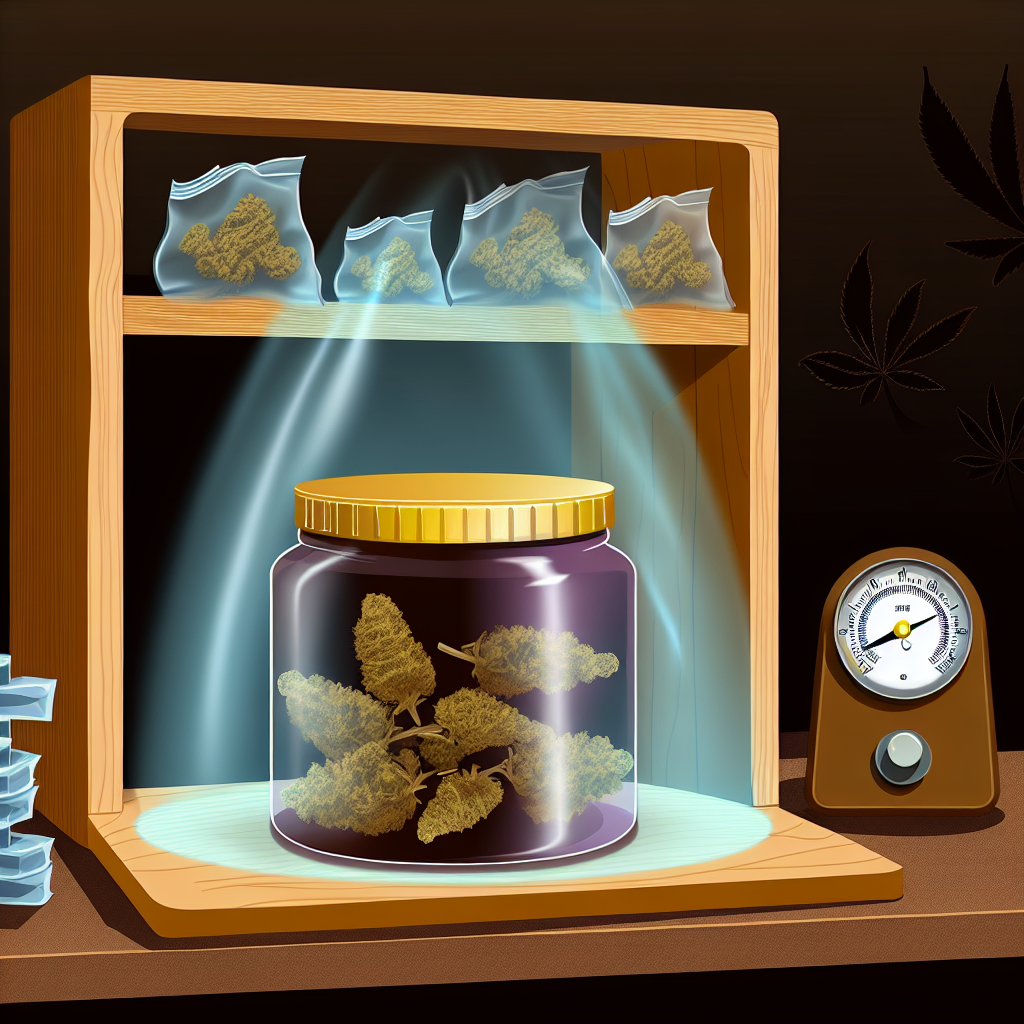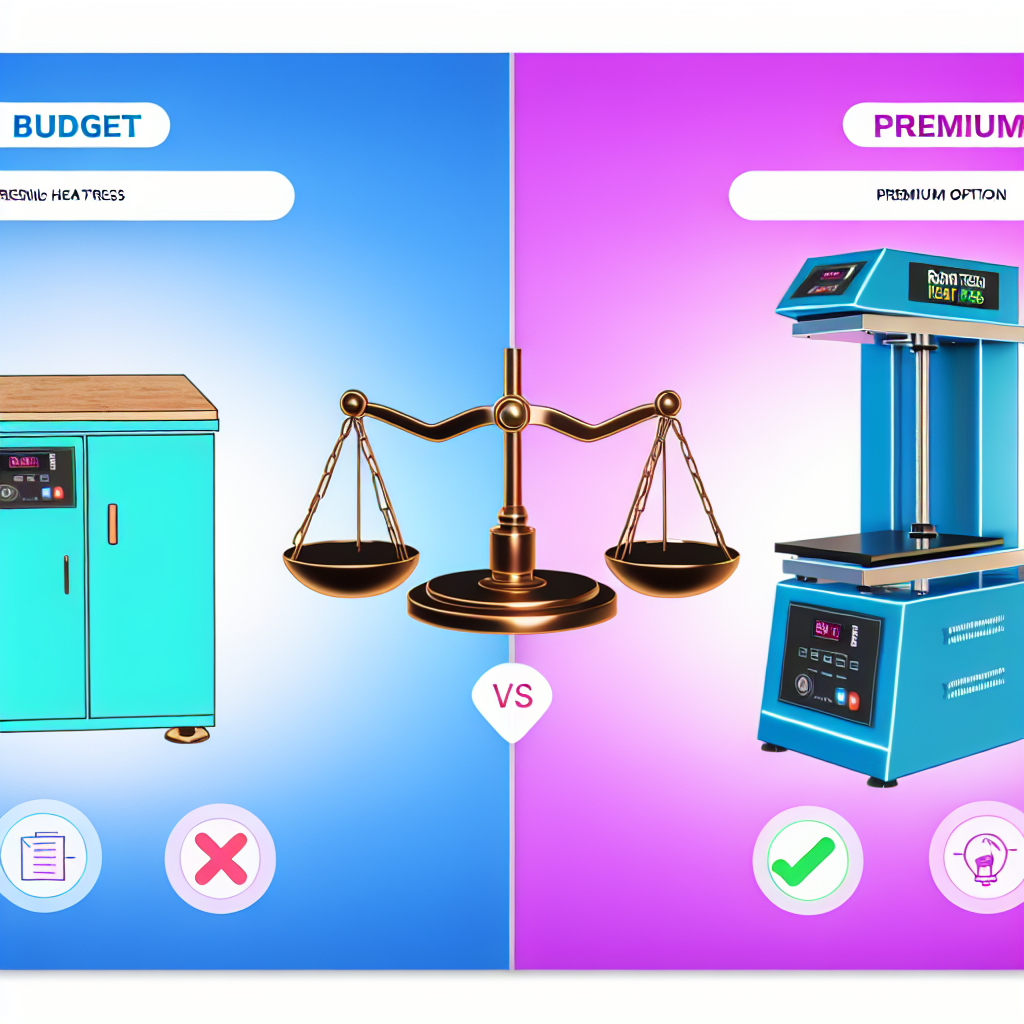Cannabis Storage: Preservation Best Practices
Introduction – Why Proper Cannabis Storage Matters
Proper cannabis storage is a crucial but often overlooked aspect of maintaining product potency, flavor, and safety. Whether you are a consumer, dispensary owner, or cultivator, understanding how to store cannabis ensures the preservation of cannabinoids and terpenes while preventing degradation from exposure to unfavorable environmental conditions.
Storage methods can impact cannabis in several ways, including potency degradation, mold growth, and terpene loss. Factors such as temperature, humidity, oxygen levels, and light exposure play essential roles in determining the quality of cannabis over time. Improper storage can lead to a stale or harsh smoking experience, reduced therapeutic benefits, and a higher risk of spoilage.
The Four Key Factors of Cannabis Storage
1. Temperature Control – Keeping Your Cannabis Cool but Not Cold
Temperature regulation is one of the most critical elements in cannabis storage. Extreme heat can break down cannabinoids such as THC, leading to a weaker product with diminished potency. Conversely, storing cannabis in overly cold environments may cause trichomes to become brittle and break off, reducing overall quality. Ideally, temperatures should remain below 77°F (25°C) to prevent cannabinoid and terpene degradation.
2. Humidity Control – Finding the Perfect Balance
Humidity control is equally important. Cannabis should be stored in an environment with relative humidity (RH) levels between 55% and 62%. Too much humidity can encourage mold and mildew growth, while excessively dry conditions can lead to brittle, harsh buds that burn too quickly. Humidity packs, like those offered by Boveda or Integra Boost, help maintain consistent RH levels for optimal freshness.
3. Light Exposure – The Silent Destroyer of Cannabinoids
Exposure to light, particularly UV rays, has been proven to degrade cannabinoids over time. Research suggests that light is one of the most significant factors in THC degradation, making it critical to store cannabis in opaque, airtight containers away from direct sunlight. Additionally, choosing airtight glass or stainless steel containers over plastic bags helps protect the bud from oxidation and terpene loss.
4. Oxygen and Storage Containers – Choosing the Right Materials
Oxygen exposure can lead to faster degradation of cannabinoids and terpenes. Storing cannabis in airtight, opaque containers prohibits excessive air exchange, preserving freshness. Glass or stainless steel containers are preferred over plastic, which can generate static and degrade the bud’s potency over time.
Scientific Findings on Cannabis Storage – What Research Says
Light Exposure and THC Degradation
A pivotal study published in the Journal of Pharmacy and Pharmacology examined how storage conditions impact cannabinoid stability. The research confirmed that light exposure is the most significant factor influencing THC degradation, with cannabinoids breaking down into less psychoactive compounds over time when improperly stored (Fairbairn & Liebmann, 1974).
Temperature and Cannabinoid Breakdown
Another study published in Forensic Science International explored temperature and humidity effects on cannabis potency. The findings revealed that storing cannabis at high temperatures accelerated THC degradation into cannabinol (CBN), a cannabinoid associated with sedation rather than the traditional euphoric effects of THC (Trofin et al., 2012). These results emphasize that keeping cannabis in cool, dark conditions is essential for maintaining its psychoactive properties.
The Impact of Humidity on Terpenes
The effects of humidity on cannabis composition have been extensively researched. A study in Planta Medica found that improper storage environments significantly influence terpene stability. Researchers discovered that terpenes, which contribute to cannabis’s aroma and therapeutic benefits, degrade rapidly when exposed to air and fluctuating moisture levels (Jakubowska et al., 2006). This finding highlights the necessity of storing cannabis in humidity-controlled environments to preserve terpene integrity.
Long-Term Storage and Potency Loss
A report from the United Nations Office on Drugs and Crime (UNODC) examined long-term cannabis storage, concluding that cannabis potency declines significantly after one year if stored incorrectly. The study indicated that THC content could be reduced by up to 16% within the first 12 months when stored in non-ideal conditions (UNODC, 2009).
Conclusion – Preserve Potency, Flavor, and Freshness
Proper cannabis storage is essential for preserving potency, flavor, and therapeutic efficacy. Scientific studies confirm that light, temperature, humidity, and oxygen exposure are the primary factors affecting cannabis degradation.
By using airtight, opaque containers, maintaining ideal humidity levels, and storing cannabis in a cool, dark place, consumers and professionals can ensure long-term freshness and optimal effects. These best practices not only enhance the user experience but also protect valuable cannabinoids and terpenes from unnecessary degradation. Implementing these storage methods guarantees that cannabis remains a high-quality product from cultivation to consumption.
Want More Cannabis Storage Tips? Stay Updated!
For more cannabis preservation tips, industry insights, and product recommendations, stay tuned for future updates. Keep your cannabis fresh and potent by following these scientifically-backed best practices!
Summary:
Proper cannabis storage is crucial for preserving potency, flavor, and safety. Understanding the key factors of temperature, humidity, light exposure, and oxygen levels is essential to maintain the quality of cannabis over time. Scientific research confirms the impact of these environmental conditions on cannabinoids, terpenes, and overall product freshness. By implementing best practices like using airtight, opaque containers and controlling humidity levels, consumers and professionals can ensure cannabis remains a high-quality product from cultivation to consumption.




